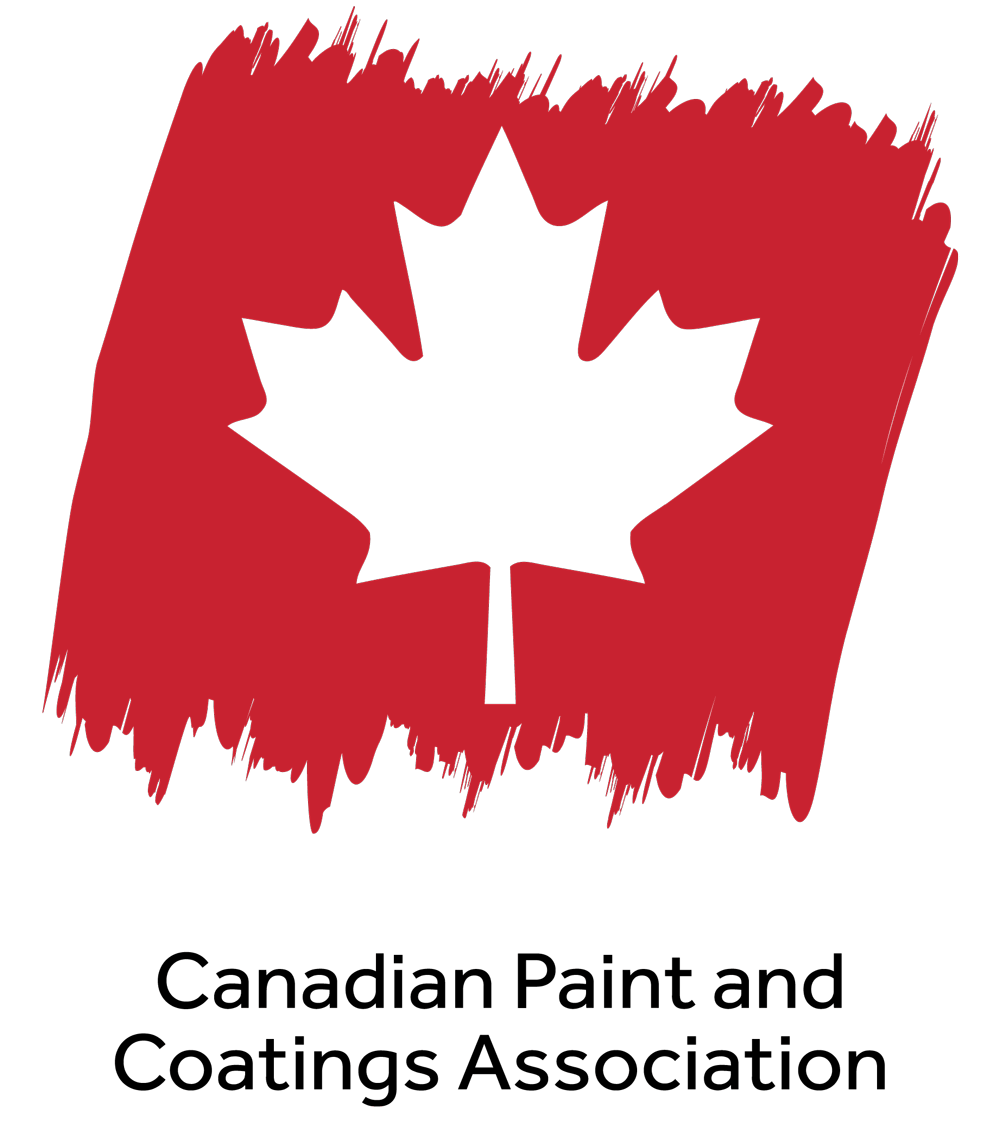Ready to proof -- Clare 2/9/23
KJ proofed on 2/10 - I have no further changes.
CB proofed 2/10 - clean on my end
FOCUS ON CANADA

European Court Decision on TiO2: Lessons Learned on Chemical Assessment
By Gary LeRoux, President, CPCA, Ottawa, Ontario, Canada
The draft screening assessment report for TiO2 and related titanium compounds is scheduled for publication in Canada in 2023, under the federal government’s Chemicals Management. The Canadian government was clearly leaning towards a declaration for TiO2 similar to that of the European Union in 2020. Industry is now hopeful Canada will seriously consider recent decisions taken in Europe in November 2022 wherein the European General Court quashed the European Commission’s 2020 classification of TiO2 as a Category 2 carcinogen. Until that happened, the coatings industry and others were bracing for the impact if that were the same course of action taken in Canada, as TiO2 is widely used in the coatings industry and many others. No further data is being sought by Canadian officials as there appears to be an adequate toxicological database for an informed decision in the imminent TiO2 assessment. Industry stakeholders are still waiting to see the selected data endpoints and calculated margins of exposure once the Government’s draft assessment is published this spring.
When the EU classification was issued in 2020, the industry in Europe, North America, and in other countries strongly contested it and argued the decision was flawed. It was not based on substantive scientific data. Industry organizations lobbying the European Commission’s technical agencies demanded a more rational science-based approach. These groups included association members of the World Coatings Council (WCC) such as CPCA, ACA, BCF, ABRAFATI, CEPE and others. Of course, the Titanium Dioxide Manufacturers Association (TDMA) was leading the effort and left no stone unturned in refuting such an arbitrary approach to the data supporting the Category 2 classification.
The final push came with an appeal to the European General Court, which quashed the 2020 decision by EU authorities because it clearly made an error in classifying TiO2 without robust data to back it up. Industry would never be able to secure an outcome for any chemical assessment without the substantive scientific data to support its case. The growing concern today is legislators are seeking more restrictive chemical regulations that are held to a lower data threshold than in the past. Conversely, industry is increasingly required to meet a much higher threshold to maintain the status quo of a chemical in commerce. Many argue this is an unsustainable approach and begs the question, will the final arbiter of regulatory decisions be played out in legal challenges rather than as a matter of public policy?
The European Court ruling was viewed by the courts as ‘interpretation’ of limited data leading to a significant error in the final TiO2 assessment. In fact, EU agencies relied essentially on just one particular study in making the classification based on the ‘potential’ for TiO2 to become toxic in future. Secondly, it infringed on the established criterion for a Category 2 classification for chemical substances, meaning it did not prove that it had an ‘intrinsic property’ to cause cancer, rather than merely the ‘potential’ to do so. Thankfully, the judgement reversed the highly disruptive classification and labelling requirements already implemented under the 2020 declaration.
The EU Court’s decision makes a very strong point on the role of public policy in the quest for more stringent chemical restrictions, however well intentioned. Indeed, the hope is this precedent will inform future classification decisions, which will demand that regulatory authorities submit to a higher regulatory standard in making final decisions on chemical regulations. Had it been left to stand, the EU classification would have also set a bad precedent for other chemical assessments of substances in a powder form (poorly soluble low-toxicity particles or PSLT), not only in the EU, but in other jurisdictions around the world. This may still influence the upcoming TiO2 risk assessment in Canada should stronger data come to light.
Furthermore, and as important, is the hope that the TiO2 decision will inform current deliberations on the reform of the Canadian Environmental Protection Act (CEPA) as outlined in the proposed amendments in Bill S-5 for chemicals in commerce. While industry generally supported the Government of Canada’s CEPA amendments for chemical assessment, it raised many serious concerns about the 62 additional amendments made by the unelected Senate. Senators admitted they did not have the technical or scientific background to propose such amendments and yet those amendments went forward to the House of Commons for consideration. That is where they are now and they are expected to finalize the amendments in the coming weeks.
Some of the proposed amendments are concerning. For example, imposing a ‘time-clock’ on assessments, loosely defining environmental justice concepts, removing critical CBI submitted by industry in the assessment process, a controversial ‘watch-list’ of already regulated substances submitted to the Minister by the public, without a clearly established protocol as to how they would be removed, if ever. The watch-list will only harm the reputation of established brands and products even though they are regulated and can be sold in Canada. Some of these amendments are expected to be passed into law without full clarity on how the regulations are to be administered, which amounts to a ‘trust us’ approach to legislation. Amendments moving forward in such a manner are very likely to lead to similar litigation in Canada as we saw in the EU’s wrongful classification of TiO2. If that were to happen it would serve no one’s interest, neither the government, industry or the public. It would call into question the best practices used for chemical assessment in Canada and weaken Canada’s image in the world further dampening direct foreign investment and innovation. It would also do little, if anything, to further the protection of human health or the environment.
